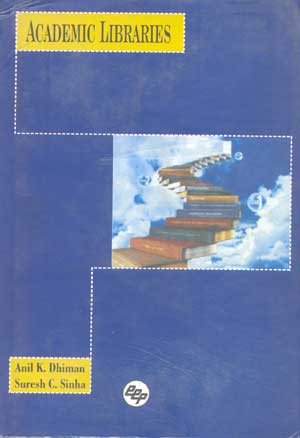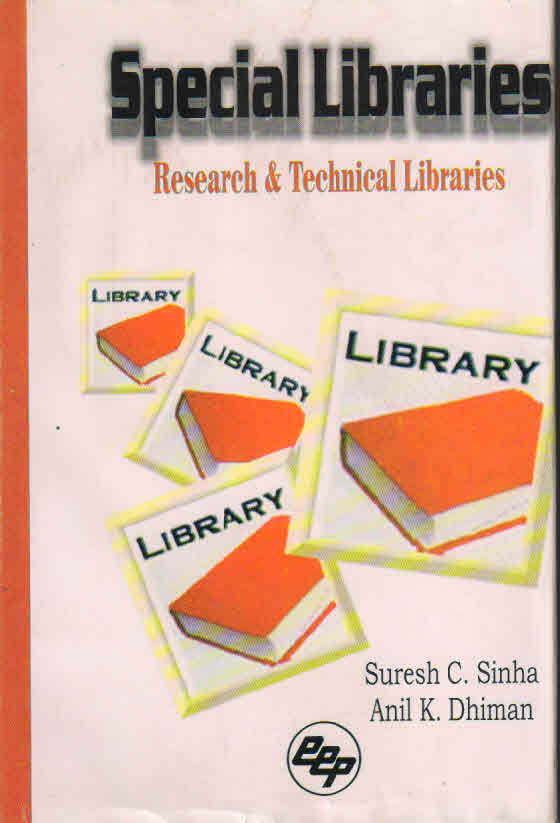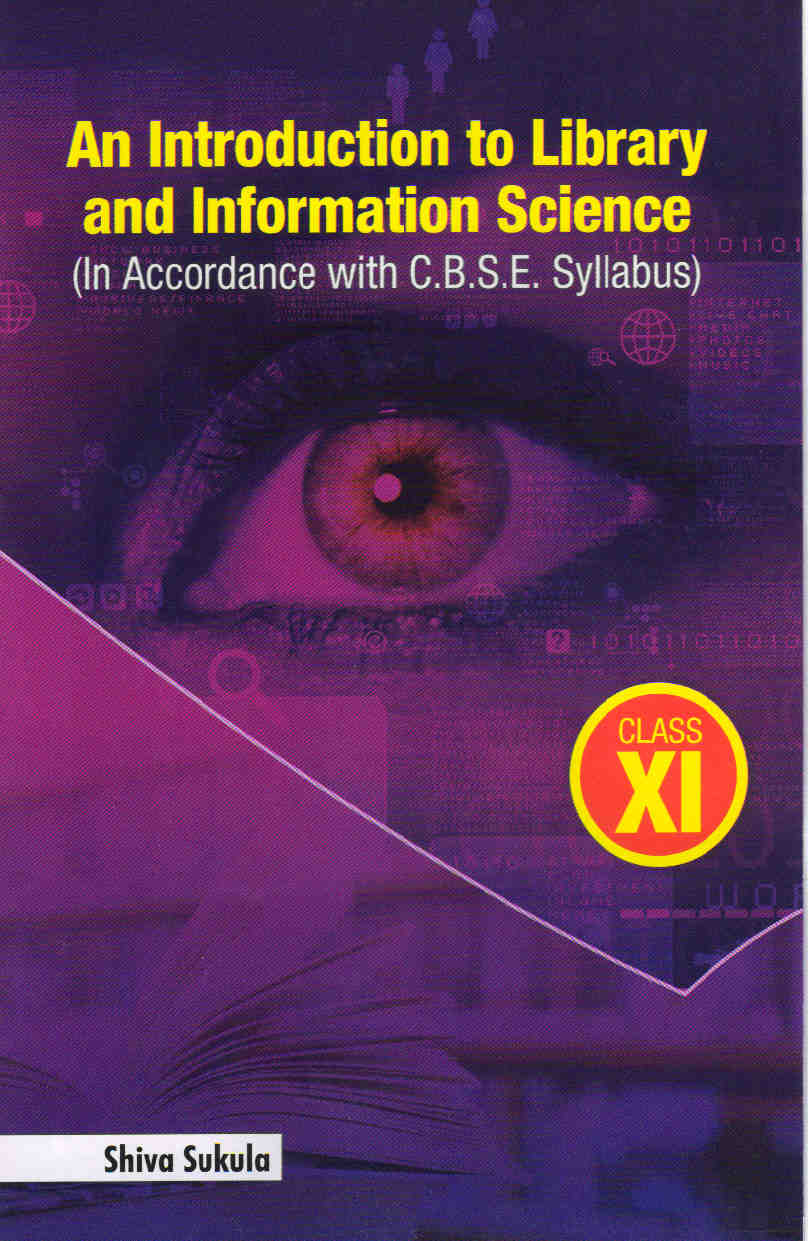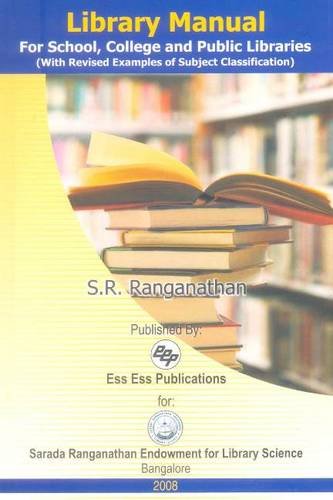This books is intended for use in an applied introductory statistics course.
As in this edition, the principles of both descriptive and inferential
statistics are discussed and illustrated in situations that are close to most
student's how experience. Students with a background limited to basic algebra
will be able to complete the necessary mathematical calculations. The chapters
in the text are organized according to several criteria, including the
analytical goals of description versus inference, the level of measurement, and
the number of variable to be analyzed. The introductory chapter concentrates on
the basic concepts and procedures of Applied Statistics for Librarians. The
remainder of the text is divided into several parts each devoted to applied
statistics that are designed for particular tasks. The textbook is organized
chapter by chapter with each chapter containing exercises answers at the end.
Part I deals with the nature of Library Science Research, briefly overviews each
of the six methodologies discussed later in the text, and presents an overview
of Library Science Research Process. Part II introduces the basic concepts and
procedures that must be under stood before one can engage in the research
intelligently. This part includes an understanding of variables, definitions,
validity, reliability, sampling, instrumentation, data collection and analysis.
These and other concepts are covered thoroughly, clearly and relatively simply.
The emphasis throughout is to show students, by means of clear and appropriate
examples, how to set up a Library science Research Study in a library setting on
a question of interest and importance. Part III explains and illustrates the
methodologies commonly used in Library Science Research Many key concepts
presented in Part II are considered again in these chapters, in order to
illustrate their applications to each methodology.









